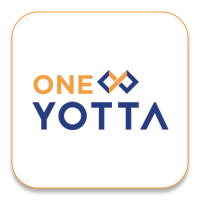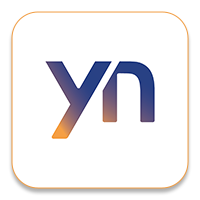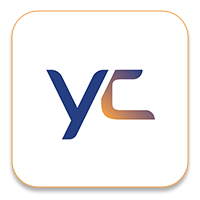Businesses are increasingly turning to multi-cloud computing strategies i.e. utilising services from multiple public cloud vendors. This approach offers significant advantages in optimising performance, cost, and flexibility. However, this flexibility comes with a cost: managing data security across diverse cloud environments presents a unique set of challenges.
Before looking at the best practices, let’s explore these challenges:
- Complexity of Management: Each cloud platform has its own security models, policies, and interfaces. Managing security effectively across all these platforms can be daunting.
- Data Privacy and Compliance: With data distributed across multiple jurisdictions, ensuring compliance with regulations becomes significantly more complex.
- Increased Attack Surface: Multiple cloud environments introduce more potential entry points for cyber attacks, expanding your attack surface.
Best Practices for Multi-Cloud Security
- Unified Security Strategy – Developing a unified security strategy involves creating a comprehensive security policy that encompasses all cloud environments. A unified strategy ensures consistent security controls, regardless of the cloud provider, and facilitates easier management and monitoring.
- Identity and Access Management (IAM) – IAM is critical in a multi-cloud environment. Implement strong authentication mechanisms such as multi-factor authentication (MFA) to ensure that only authorised users can access your data. Use centralised IAM solutions that integrate with all cloud platforms to provide a single point of control for user access.
- Data Encryption – Encrypt data both at rest and in transit to protect it from unauthorized access. Each cloud provider offers its encryption tools, but using a unified encryption strategy ensures consistency. Additionally, manage your encryption keys securely, preferably using hardware security modules (HSMs) or cloud-native key management services.
- Monitoring and Logging – Implement comprehensive monitoring and logging across all cloud platforms to detect and respond to security incidents promptly. Use centralized logging solutions that aggregate logs from all cloud environments. Tools like Security Information and Event Management (SIEM) systems can help correlate events from multiple sources, providing a holistic view of your security posture.
- Regular Audits and Compliance Checks – Conduct regular audits and compliance checks to ensure adherence to security policies and regulatory requirements. Automated tools can help track compliance status and generate reports, making it easier to identify and address gaps. Ensure that your audit processes cover all cloud environments comprehensively.
- Consistent Security Configuration – Use Infrastructure as Code (IaC) tools to automate the deployment of secure configurations. This approach minimises human error and ensures that security settings are uniformly applied across different environments.
- Data Loss Prevention – Implement DLP strategies to prevent sensitive data from being exfiltrated or mishandled. Data Loss Prevention tools can identify, monitor, and protect sensitive data across multiple cloud environments. They can also enforce policies that prevent unauthorized data transfers.
- Third-Party Risk Management – When using third-party services or integrating with third-party applications, assess their security posture to ensure they meet your security standards. Establish clear guidelines and contracts that define security responsibilities and expectations.
Adopting a multi-cloud strategy offers significant benefits but also introduces complex security challenges. By implementing these best practices, businesses can build a robust security framework that protects their data across diverse cloud environments.
Securing Your Multi-Cloud Environment with Yotta
Yotta’s Suraksha portfolio is a robust suite of cybersecurity solutions designed to strengthen your multi-cloud environment. Suraksha, meaning “protection” in Hindi, delivers a multi-layered, end-to-end approach to safeguard your data and applications from an ever-evolving threat landscape. It includes Cybersecurity Assessment Services, which provide a thorough analysis of your security posture and develop a tailored plan to address vulnerabilities.
The Identity & Access Management solution utilizes multi-factor authentication and role-based access control to ensure only authorised users can access data. Additionally, Suraksha’s Threat Management Services offer advanced threat intelligence, proactive vulnerability mitigation, swift incident detection and response, and a comprehensive cybersecurity approach that encompasses endpoint protection, network security, and continuous monitoring.
Yotta’s Global Cloud Konnect (GCK) simplifies secure multi-cloud management by offering a private direct connection, bypassing the public internet, between your data center and the DE-CIX point of presence at Yotta. This establishes a secure connection between your infrastructure and your preferred Cloud Service Providers (CSPs).
GCK leverages redundant fiber connectivity, extensive telco, and ISP presence to provide a private, direct connection that bypasses the internet, ensuring high bandwidth, low latency, and secure access to various cloud services. This approach not only eliminates the complexities and costs associated with maintaining multiple connections but also enhances performance and reliability by utilising Uptime Institute Gold certified Tier IV infrastructure. Whether enterprises are colocated at Yotta facilities or connecting from various Yotta connectivity sites, GCK ensures seamless, single-hop multi-cloud network connectivity to cloud services, enabling businesses to optimise their multi-cloud environments effectively and cost-efficiently.




















